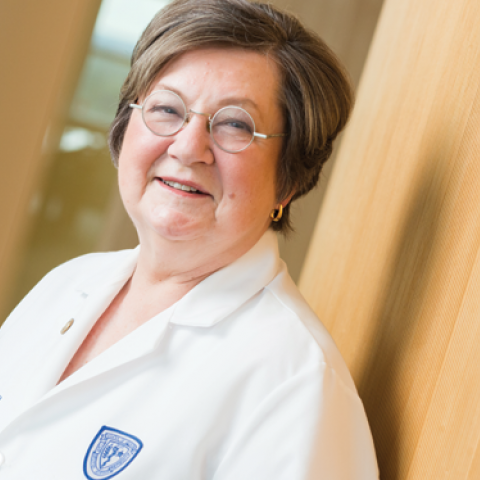Mother’s Day arrived, a spring day sandwiched between two November-type storms. There were the requisite handmade cards and presents, the special breakfasts, and the phone calls—and the jammed circuits during the time of day in which it was civilized to speak on both west coast and east coast. It was close to normal, a special family time within an extended stretch of family time. It was telling that the handmade present my daughter-in-law received from her loving children and husband was a beautiful cloth mask. Above all, they want her to be safe.
Safety is a prime concern. Back in the Great Influenza in 1918, they knew about the flu spreading through crowds, and by secretions, but not how to kill it or even treat it. It took young adults, and often spared children and the elderly. With COVID-19 we still have these simple measures of control immediately available (isolation and social distancing and masks), and they remain the first line of defense. They must hold us while we seek much more sophisticated methods of control and eradication. I feel considerable frustration in the grocery store when young men ostentatiously shop without masks, crowd the social space, and even bring their children with them without masks.
Vaccines top the list of these sophisticated methods, but take time to develop, test and validate. The old-fashioned passive immunity strategy is potentially lifesaving but needs careful testing. We need to be sure that antibodies are in fact protective. While it seems intuitive that they should be, for some diseases, such as Dengue or Zika virus, antibodies may enhance cell entry and make infection worse the second time. We have a group working on that.
Drugs, preferably tested safe and off-the-shelf, offer promise, but new drugs should be in the wings in case the disease recrudesces. To find these drugs, much more information on the biology of the virus is required. We have groups working on that, too, isolating the SARS proteins so that drugs can be developed.
Excellent methods of controlling the host response, which probably is the proximate cause of COVID-19 deaths in humans, should also be sought. We are at the forefront of that understanding. Epidemiologic studies of how spread occurs, to whom, and under what conditions may prove invaluable. I am proud of our investigators working on the predictive models and the epidemiology of disease, and on understanding who becomes infected—and of them, who becomes sick, and why.
We now have a small army of scientists at work on all these topics both here and around the world. The best Mother’s Day present would be to keep all our mothers—and their sons and daughters—safe from this terrible disease.
Pam


